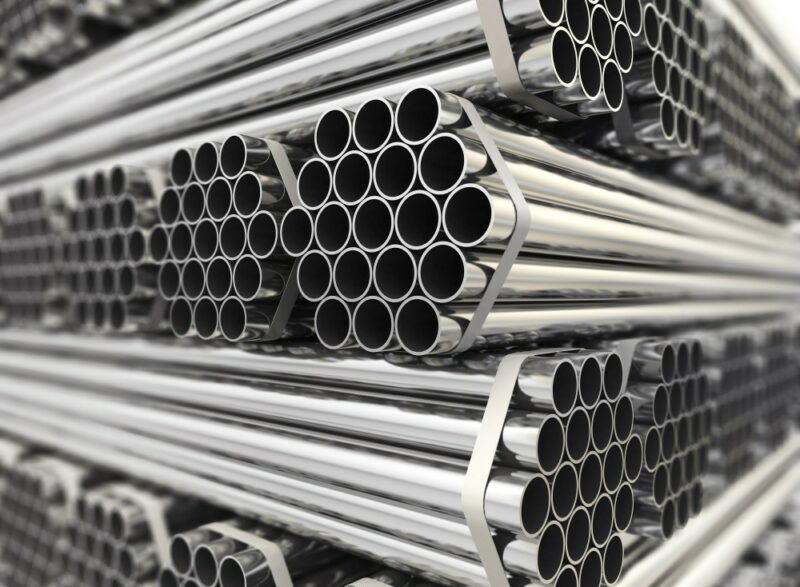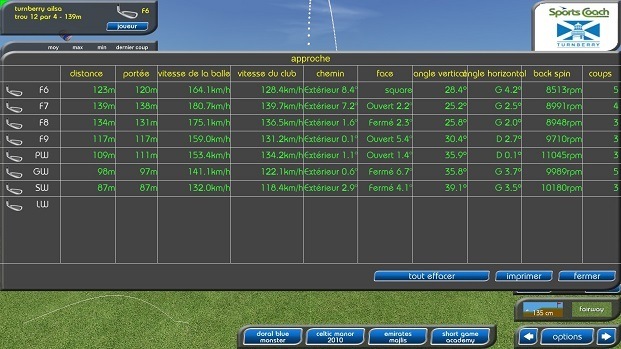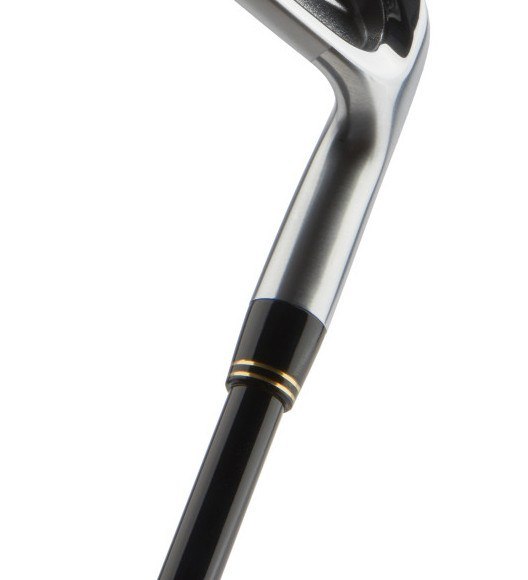Despite what the advertising says, there really aren’t that many things in golf that are truly new. Single length irons? Bobby Jones reputedly had a set in his bag to win the grand slam a century ago. Of course, there have been some technical breakthroughs. You won’t find a golfer at the highest level using a persimmon headed driver with a steel shaft for example. Undoubtedly a 460 carbon head with a graphite shaft will, potentially, offer a lot more tolerance and distance for virtually every golfer. Hollow head irons have also been around for longer than you might think but they are currently dominating the iron market. Is it worth taking a look?
Hollow headed clubs aren’t necessarily anything new then. I have a driving iron from over twenty years ago that has essentially a hollow headed design. There are other irons and iron sets that were produced over two decades ago that were hollow or partially hollow. It seems that now is the right time for hollow to really take off and it is being pushed hard but virtually everyone.
The first recent iteration that was hugely successful was the first generation p790 from Taylormade. Sure, it had “speed foam” filling up that empty space behind the face. I am not knocking the research here, in fact on a scientific level I have no idea at all what the hell it is but more on that later. On a basic level though, this is ‘just’ a hollow bodied iron. So what happened to make it take off in such a spectacular way and why have all the major players (and many component companies) followed suit?
The original 790 illustrates why this concept is such a winner. Golf is a funny game in that what we want to play and what we hit best can be two very different things. For example, many golfers lust after the sleek design and minimalist looks of a blade. Personally, I love blades. However, many of us also want a rocket launcher on a stick that offers huge forgiveness. This is a problem because you can’t pack a lot of tech into a butter knife.
The p790 solved this in quite an elegant way. Rather than having a large cavity behind in order to move the weight off the face, increase MOI and sweet spot size and just make it a friendlier club for most golfers, they essentially put the cavity inside the club. If you set the original 790 down at address, it might not look like a blade, but it is certainly quite a sleek and good-looking iron. Only an absolute purist could get offended by anything. The top line isn’t too thick, there isn’t a ridiculous amount of offset, the sole isn’t a shovel and there certainly doesn’t appear to be a big cavity behind there.
This is a club I have hit a lot, at least on a simulator and launch monitor. It looks good and also feels very nice, which brings us back to the speed foam. This has been incorporated into similar designs from other manufacturers, PXG famously suing Taylormade over this very issue. Once again, I don’t know the science here, but I am fairly sure that it does something for sound which in turn affects what we think of as feel.
I find the 790s to feel not exactly soft, but certainly a long way from the hard distance iron sound/feel that some clubs can have. I was hitting a club that looked good and felt good but what was happening to the ball?
The Players Distance Iron
think most followers of golf would agree that the Taylormade marketing department is, let’s say, productive. There was a time when it felt like there was a new club coming out every week! In all honesty, I think Taylormade are on about the same club release cycle as most of the big names now and I think they generally make a quality product, at least from what I have tried.
However, lest we forget, distance sells. It is great making a good-looking iron with speed foam, but unless it is sending the ball out there, it isn’t going to move the dial hugely in terms of sales. This is where the marketing men really did something clever. They invented the player’s distance iron. See how smart that is? Everyone wants to be a player and now you can be a player and hit it miles!
Take a moment to look around the other major manufacturers and you will see just how quickly this has caught on. Ping’s current i525 irons have the words ‘Players distance’ on the photo on their website and they are another good-looking, hollow head iron.
The results back this up. The 790 goes a long way. So does the i525. And the rest of the current crop. The ball flies from the face and distance is long! Of course, we can look at the lofts and generally these clubs are what is known euphemistically as ‘modern lofts.’ This isn’t the whole story though. In fact, when ordering from Ping, you can choose retro lofts on the clubs. I think once of the keys with these hollow bodied clubs is that they also often have very thin faces that flex and the fact that some of them use foam or filling to support the face probably makes this easier.
The Perfect Iron?
This does make the hollow bodied players distance iron sound like the perfect solution and for many golfers, it might be pretty close. However, there are perhaps a couple of things that might make you think twice. Firstly, you won’t see many (any?) pros playing these. Now, I don’t think we should copy what the pros have in their bags, but that does at least make you think. They might have one of these in a driving iron, but I would be amazed if you find many mid or short irons that are hollow on any tour.
I think the reason for this is that distance control isn’t always great with this type of club. I have a friend who plays off around 5 who had a set. He loved them….until he didn’t. Initially, he was a big fan. They looked good and distance was great. He could get those long irons elevated and out there off the tee. But his scores weren’t getting better and when he looked, he was actually missing more greens. He found that he had trouble dialing in distances with short irons and eventually, he moved on to something different.
This is also one of the reasons why I never looked seriously at putting these in my bag. The first time I hit the seven iron on the simulator, I loved it. Distance was amazing, it felt good, I liked the look. unfortunately, now and again, I would get one that just seemed to go further. Now this might well be my dodgy swing, but a ball that finds an extra ten yards on the course isn’t a good thing hitting into a flag.
I also worried about too much distance. This might be a nice problem to have, but I am not a great wedge player really and I would rather hit full shots into greens. If my pitching wedge is going so far that I need two gap wedges to complete my distances, I am in trouble. These are also generally expensive irons, but that is clearly a personal issue and will depend on each golfer’s budget.
As is often the case in golf, you should be wary of the marketing hype. Hollow bodied irons have some big advantages but also one or two not insignificant drawbacks. If you are tempted, I would strongly suggest trying to borrow a set and get some on-course time with them before being seduced my the whole player’s distance iron line.




